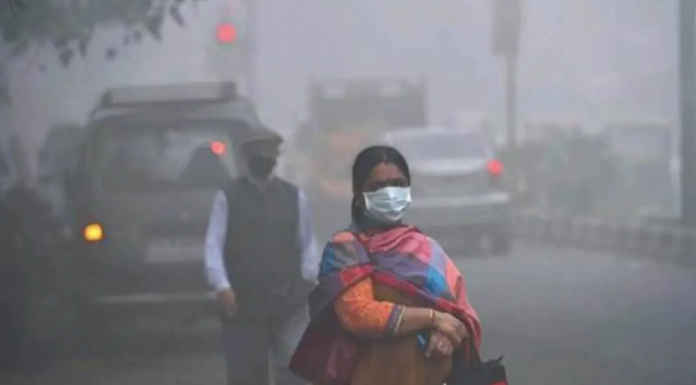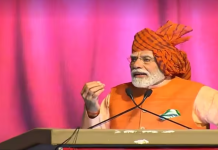The average air quality index for the month of November this year has been the worst in six years, going by data from the Central Pollution Control Board (CPCB).
The average AQI for November this year was 377. The corresponding figure for 2020 was 327, while the air in November 2019 was also cleaner with an average AQI of 312. In 2018, the AQI for November was 334, while November 2017 recorded an AQI of 360. The AQI for November 2016 was 374, only marginally lower than this year’s figure. The average for 29 days of November 2015 was 358. Data for November 30, 2015 was not accessible.
This year, there were 11 ‘severe’ air days in November, higher than nine last year, seven in 2019, and five in 2018.
In contrast, October this year recorded the cleanest air since 2018, with no ‘very poor’ or ‘severe’ air days, when a delayed monsoon withdrawal and a Western Disturbance brought rainfall to Delhi.
Gufran Beig, founder project director, SAFAR, said that the air quality in November this year being the worst over the past few years can be attributed to the peak stubble burning season having been delayed by about a week due to the delayed withdrawal of the monsoon this year. Usually, the air quality gets bad in October and November, but this year, the worst was shifted to November, he said.
The contribution of stubble burning to PM2.5 levels in Delhi peaked in November this year, hitting a high of 48% on November 7, and then falling to around 35% on November 12. Subsequently, the share declined to reach around 5% on November 20, and 3% on November 28, with the paddy harvesting and winter sowing season drawing to a close. On Tuesday, the share of stubble burning to PM2.5 levels in Delhi had fallen to around 1%, going by the SAFAR forecasting system.
Despite the low contribution of stubble burning to particulate matter concentration, Delhi recorded three ‘severe’ air days from November 26 to 28. Beig attributes this to a fall in temperature and low wind speed.
When the weather is warm, warm air which has lower density rises higher up from the ground, dispersing pollutants. In winter, with a decrease in temperature, air close to the surface cools down, and this denser air does not mix with the warmer layer above it, effectively trapping the pollutants.
When the first set of emergency mitigation measures were announced on November 13 by the Delhi government, Delhi had already recorded six ‘severe’ air days from November 5 onwards. Schools remained closed from November 15 to 28, while government offices were asked to work from home for the same period. The ban on construction and demolition, imposed on November 14, was briefly lifted on November 22, but re-imposed till further orders by the Supreme Court on November 24.
DELHI NEWS
“We’ve not really made use of our forecasting system,” said Karthik Ganesan, fellow and director of research coordination, Council on Energy, Environment and Water. “When the meteorology gets bad, even if some emissions are cut down, the rest can make the air foul. We have massive issues with compliance… the vehicles on the road. This has to be a year-round process. Unless we have a deep rethink, some of these sources are not going to go away — the number of cars and trucks is going to increase, and they need to be brought under some sort of standard all year round,” he said.















